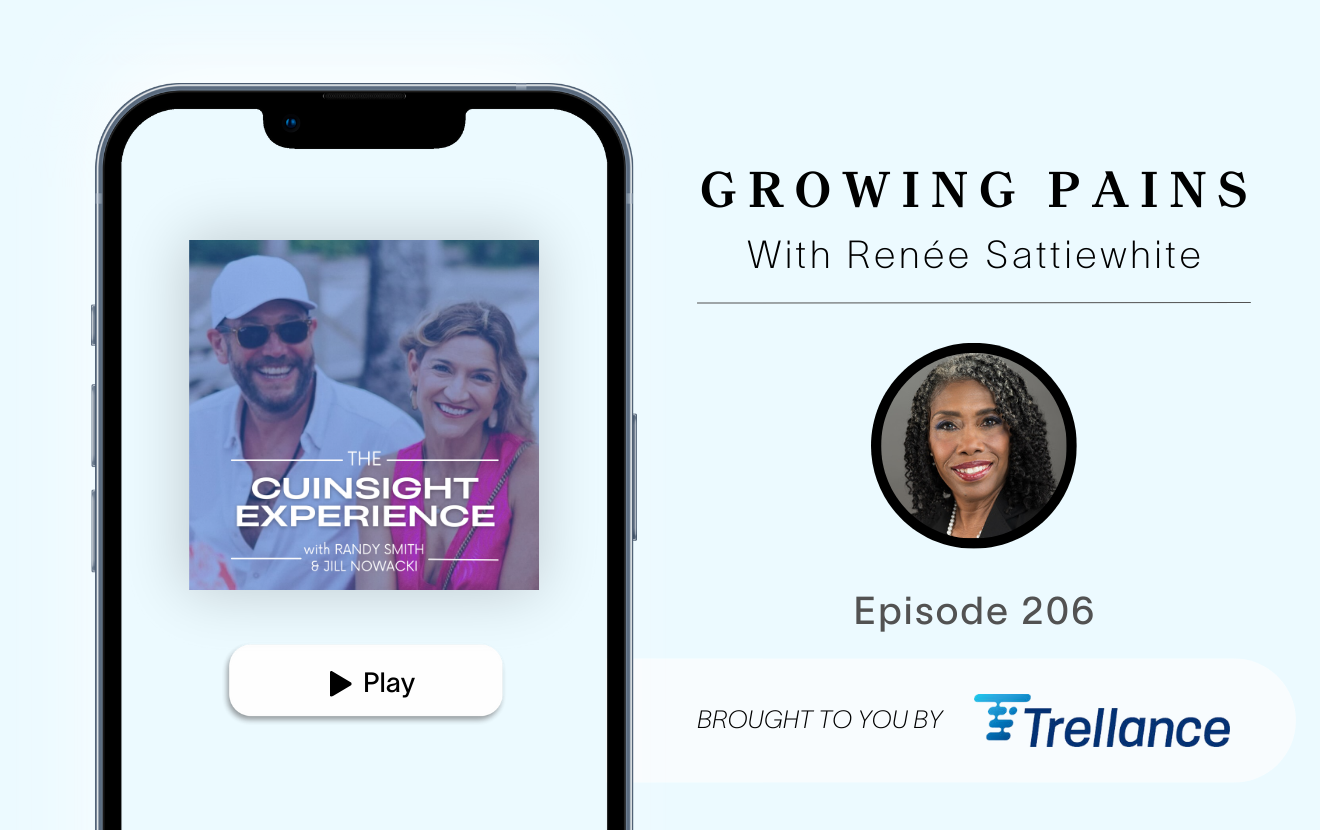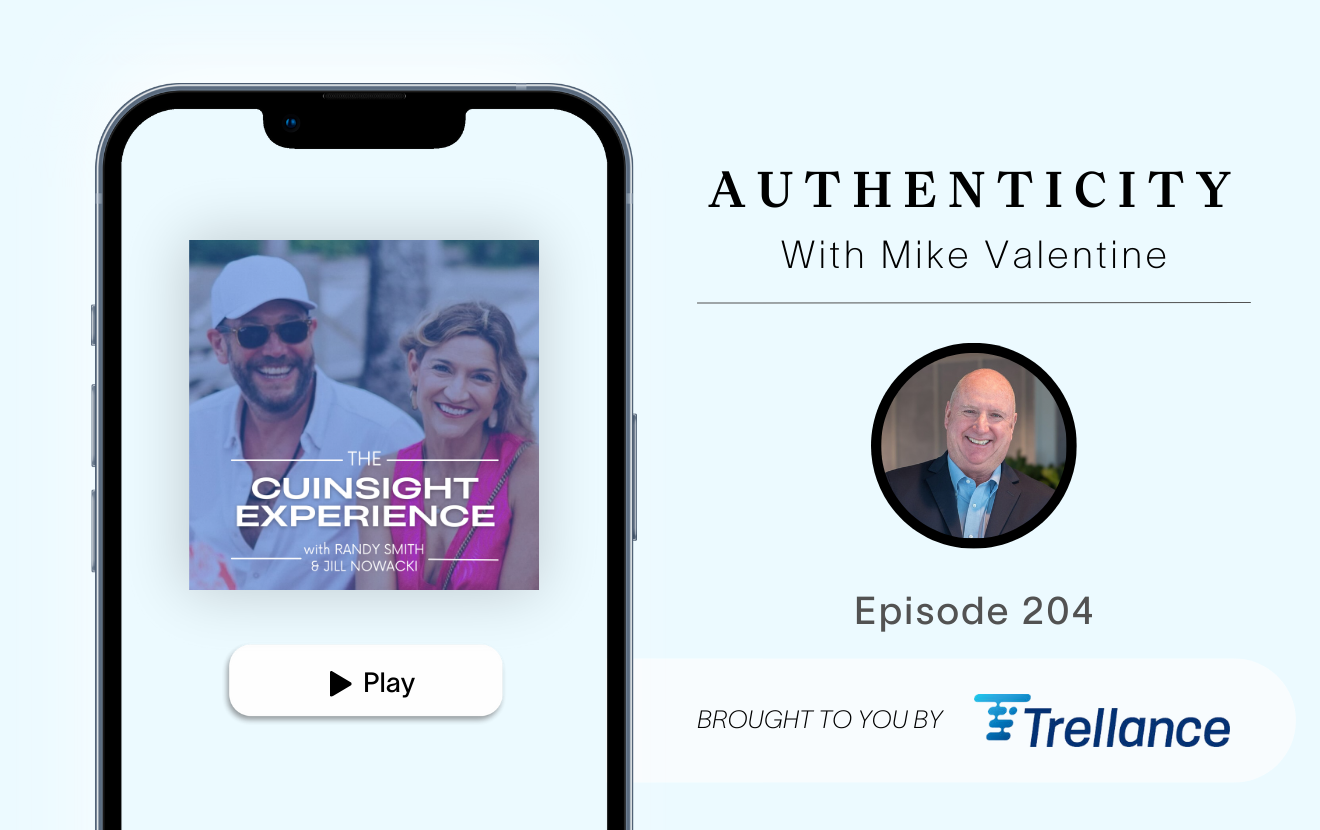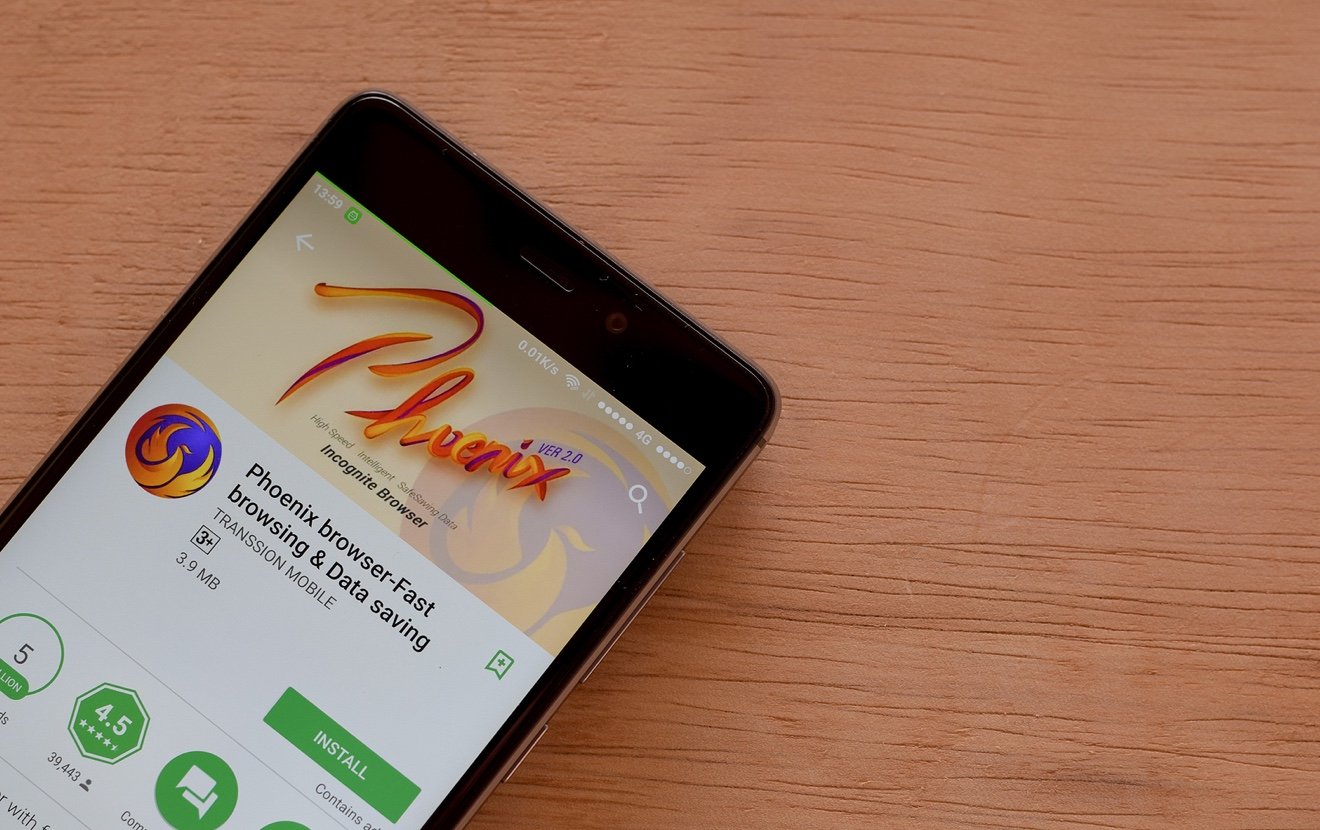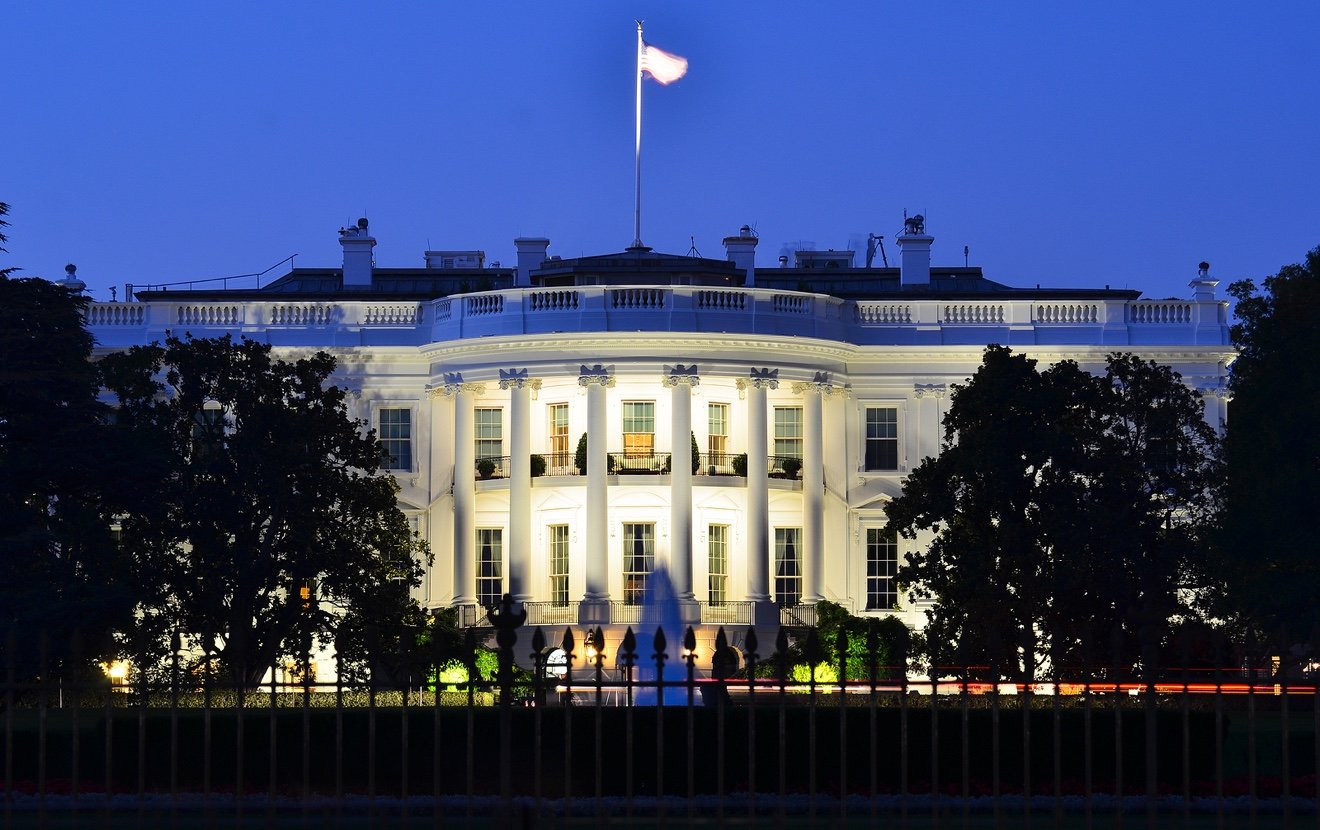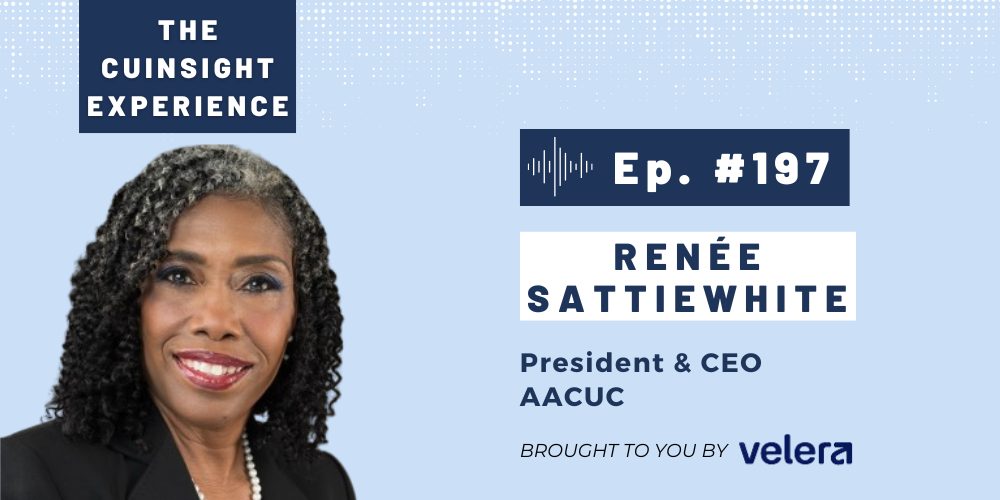The recent sexual harassment allegations against New York Governor Andrew Cuomo provide clear examples of how not to be an inclusive leader. His response is demonstrative of a person who—at a minimum—has not taken the time to understand his role in creating a safe space in his organization. Cuomo denies any inappropriate conduct, while acknowledging that it is possible behaviors or comments might have made women in his office “uncomfortable,” even expressing surprise and apology that his intent could have been misinterpreted, while denying that he ever “touched anyone inappropriately.”
The allegations indicate otherwise—with at least one former aid alleging there was unwanted physical contact— but even if the Governor did not outright assault someone over whom he had power, that is a very, very low bar.
When organizations begin Diversity, Equity, and Inclusion work, many ambitious leaders want to jump in with bold statements, significant actions, and highly visible work. It can be frustrating for goal-oriented executives to be told to slow down and look inside themselves first. It is absolutely necessary, though. If time is not spent first expanding personal awareness, building understanding of our own perceptions of the world, and developing cognizance of what we take for granted, we will not have the capacity to create inclusive spaces.
One critical area where that understanding must be expanded relates to knowledge of the individual power a person holds. At a minimum, Cuomo did not recognize his power: That he occupied a position that created an unequal playing field, and that his behavior put subordinates in a position beyond discomfort to complete inability to show up for work with a sole focus on strong performance.
People who hold power can be blind to it. This is why, for some, the word privilege can be hard to stomach. People become defensive that there may be a belief they did not work for what they have. Privilege is not the suggestion that a person was given handouts, though, but that they did not need to overcome some dimension of who they are in order for their effort to pay off. Privilege means not having to worry that your identity rather than your work performance may be a factor in a decision, a missed opportunity, or a disagreement.
Not recognizing the power a person holds can be a major contributor to environments that allow sexual harassment to persist. Once, I was speaking with a man in a position of authority over me. He shared that he would never be alone in an elevator with a woman because he knew the risk of her raising false allegations without a witness there to defend him. While he was not accusing me of anything, it showed that he did not understand the lived experiences of so many women. The fact that he shared this with me as though I would understand or agree with his position (“Well, everyone knows what a risk it is for a man to get in an elevator alone with a woman…”) demonstrated a low level of awareness that I experienced the world in a different manner than him. He was unaware that I often spent energy considering if my gender would ever be a liability in whether I might be harmed, as well as if I would be believed if I ever shared that experience.
The women in Cuomo’s office likely dealt with both of these questions: Were they safe at work? If they weren’t, would their experiences be deemed credible?
Likely, there are many who may look at the allegations against Cuomo with the belief this his behavior could have been misinterpreted, or that while it may not be perfectly appropriate, what was the harm, really, in a few comments? These are likely people who have navigated a workplace with the privilege of never having to deal with the additional burden of not just doing their jobs, but also the weight of showing up in a way that is “just right,” that neither invites unwanted attention or retaliatory scrutiny.
As organizations work to become more inclusive, creating equitable opportunities for a diverse workforce, we must ensure we are not taking a whack-a-mole approach to DEI. We cannot emphasize just one dimension for which to create inclusion. We cannot forget the challenges of gender discrimination because we recognize the abhorrence of systemic racism. We cannot overlook intolerance of diverse religions to advocate for transgender individuals.Instead, we must create space where no individual carries the weight of trying to overcome who they are, where no human feels like their identity is a risk to their professional success.
This is where a willingness to do the work of self-examination becomes critical; where we cannot expect a fast fix for long-term obstacles to inclusion. Each of us must take the time to question our own experiences, to be curious about the perceptions we hold, and to identify the places where we have power that can be used to build a better, more equitable workplace for all.



